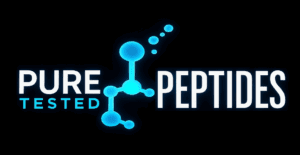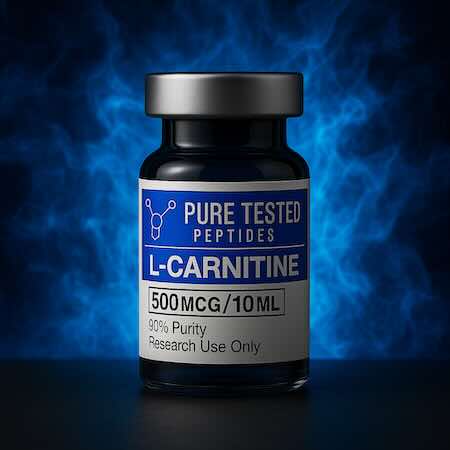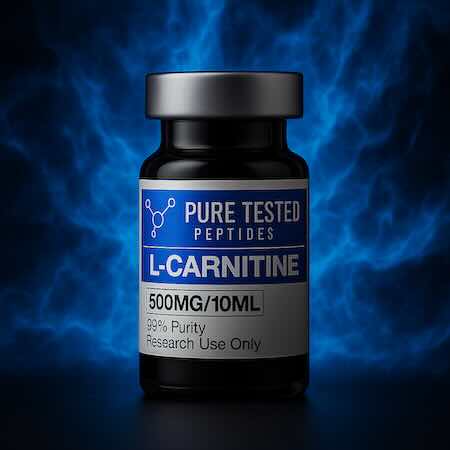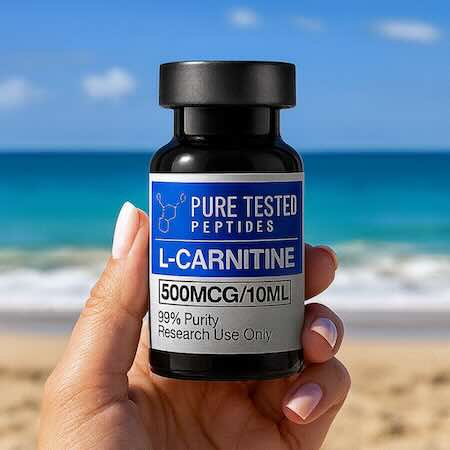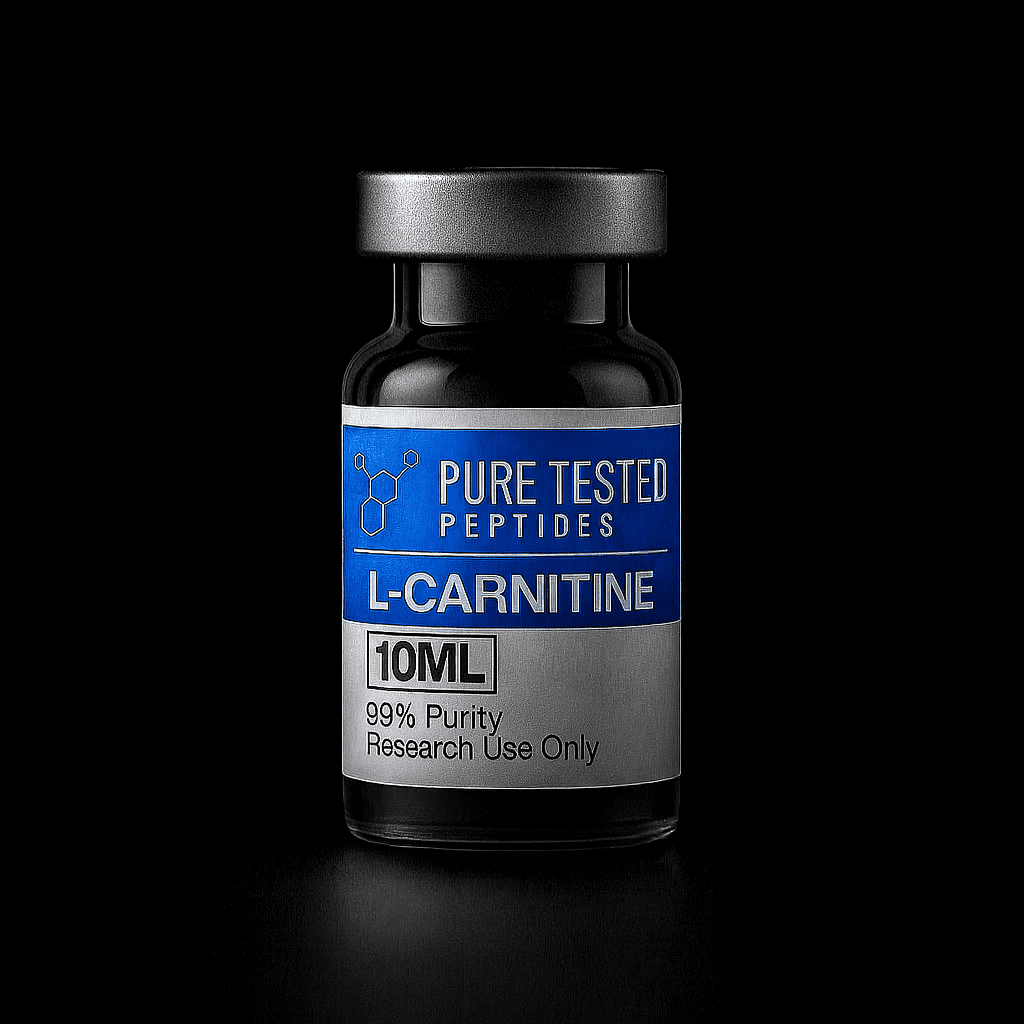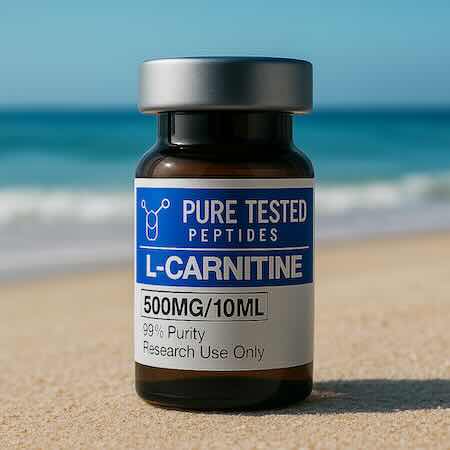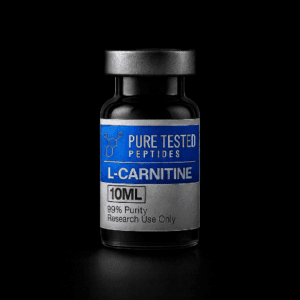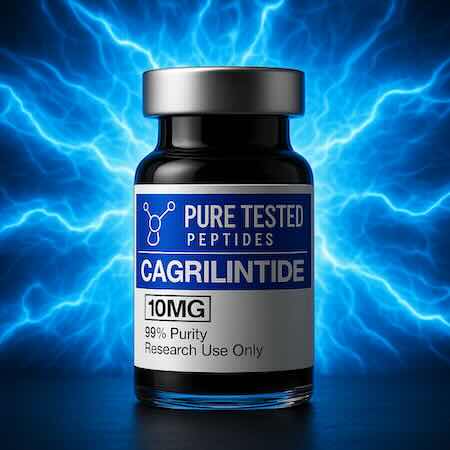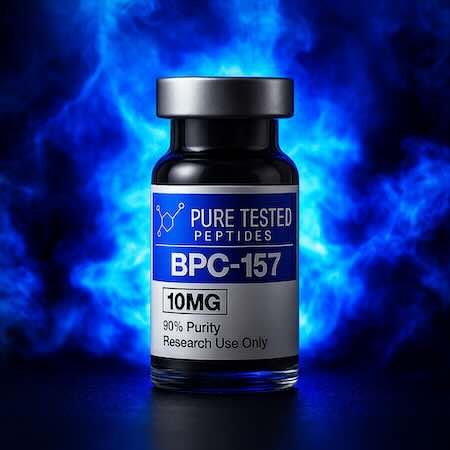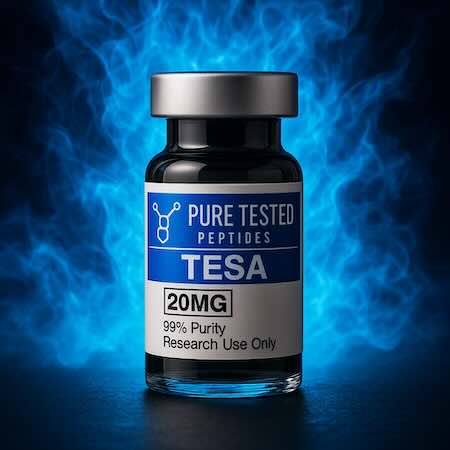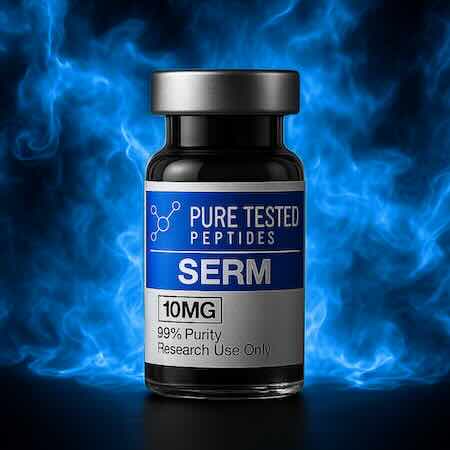Description
For laboratory procurement and specifications, visit:
Mechanism (Research Context)

- Carnitine Shuttle: Facilitates transport of long-chain fatty acids across the inner mitochondrial membrane for β-oxidation, supporting ATP supply during endurance work.
- Glycogen Sparing: When muscle carnitine availability rises, carbohydrate utilization during steady-state exercise can decrease with a concurrent rise in fat oxidation.1
- Androgen Signaling Interface: Supplementation with L-carnitine L-tartrate in resistance-trained humans has been associated with increased androgen receptor content and favorable recovery markers after exercise stress.2
L-Carnitine 500MG for sale Evidence Snapshot
| Domain | Key Takeaways | Evidence Type |
|---|---|---|
| Endurance & Fuel Use | Muscle carnitine loading in humans increased fat oxidation and reduced muscle glycogen use during submaximal exercise; some studies report improved work capacity. | Human physiological studies with muscle carnitine elevation.1 |
| Workout Recovery | Reduced markers of exercise-induced muscle damage and improved recovery indices when L-carnitine L-tartrate was provided around resistance training. | Randomized supplementation studies in trained adults.2 |
| Fat Burning | Shift toward long-chain fatty-acid oxidation under exercise conditions when intramuscular carnitine is increased. | Human metabolic assessments (indirect calorimetry, muscle biopsies).1 |
| Androgen Sensitivity | Increased skeletal-muscle androgen receptor content and altered receptor dynamics have been observed with L-carnitine L-tartrate during training, suggesting a supportive role in anabolic signaling. | Resistance-training trials; protein markers and hormonal endpoints.2 |
Keep sourcing consistent for experimental comparability:
Order L-Carnitine 500 mg.
L-CARNITINE FOR SALE

Study Design Notes (For Laboratory Researchers)
- Form & Delivery: Human literature includes oral and parenteral strategies to raise muscle carnitine; outcomes hinge on actual muscle uptake (time course, co-nutrients, and dosing regimen).
- Endpoints: Indirect calorimetry (RER, substrate oxidation), time-to-exhaustion/work tests, biopsy-based carnitine pools (free/acetylcarnitine), AR protein content, and recovery biomarkers.
- Population & Context: Training status, diet (carbohydrate availability), and exercise modality modify effects; standardize these to reduce noise.
L-CARNITINE PEPTIDE FOR SALE References (max 2)
- Stephens FB, Constantin-Teodosiu D, Greenhaff PL. Skeletal muscle carnitine loading increases fat oxidation and reduces muscle glycogen use during exercise in humans. J Physiol. 2007;581(Pt 1):431-444. PubMed
- Kraemer WJ, Volek JS, French DN, et al. Androgen receptor and L-carnitine L-tartrate supplementation during resistance-training. Med Sci Sports Exerc. 2006;38(7):1288-1296. PubMed
Compliance & Research-Only Notice
Pure Tested Peptides supplies compounds strictly for laboratory research use only.
All content above is for educational and scientific discussion. Products are not medicines or drugs,
are not intended for human consumption, and have not been evaluated or approved by the FDA to diagnose, treat,
cure, or prevent any disease.

Peptides for sale online at the best prices
All peptides for sale online are 100% lab tested to be over 99% pure. When shopping for the best peptide supplier consider Pure Tested Peptides is trusted daily by thousands of repeat customers.
